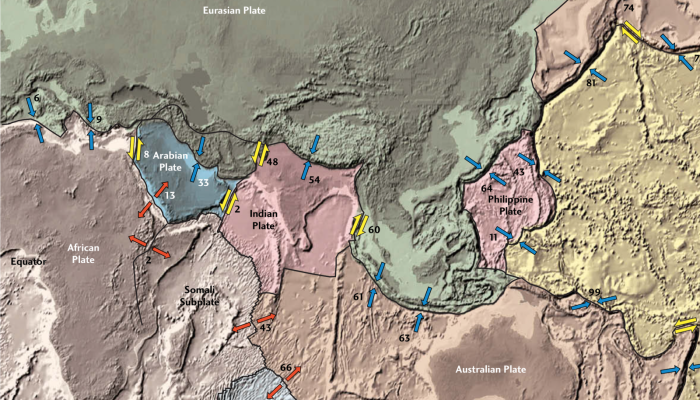These blogposts present interviews with outstanding scientists that bloomed and shape the theory that revolutionised Earth Sciences — Plate Tectonics. Get to know them, learn from their experience, discover the pieces of advice they share and find out where the newest challenges lie! Meeting David Bercovici David Bercovici started his scientific career with a BSc in Physics, and eventually graduat ...[Read More]
Meeting Plate Tectonics – David Bercovici





